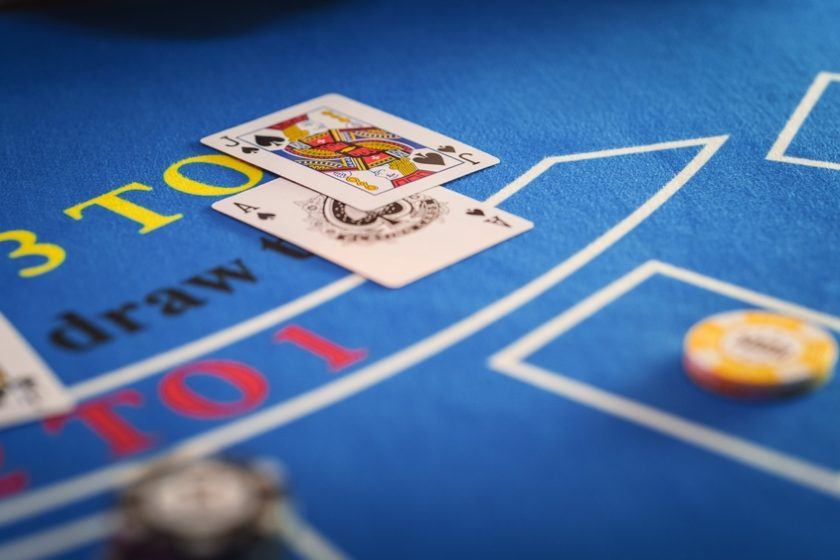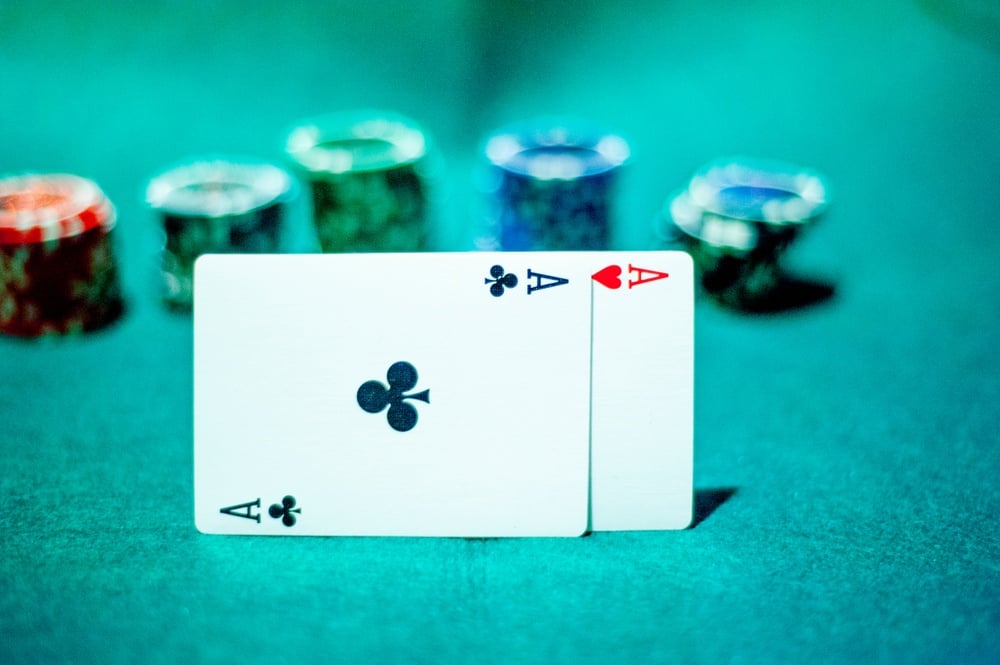Chemin de Fer Baccarat: A Comprehensive Guide to the Classic Casino Card Game

Introduction to Chemin de Fer Baccarat
Chemin de Fer is one of the oldest forms of baccarat and remains popular among casino enthusiasts seeking a mix of classic gameplay and quick-paced action. Unique in its social aspects and rich in history, Chemin de Fer offers players the chance to bet against one another and employ strategic elements rarely seen in other baccarat variations. This guide delves into the essentials of Chemin de Fer, including its rules, strategic nuances, and practical tips for players looking to master the game.
Essential Facts About Chemin de Fer
To help new and experienced players alike, here are fundamental facts about the game:
- Chemin de Fer stands out as one of the earliest baccarat versions still played today.
- The objective is to achieve a hand value as close to nine as possible, using two or three cards.
- In scoring, only the last digit of the card total is used. For example, a hand with an 8 and 7 (totaling 15) counts as 5.
- Numbers 1-9 are valued at face value, 10s and face cards count as zero, and aces are worth one.
- In Chemin de Fer, players wager against each other rather than the house.
- Cards are dealt face-down initially, so opponents’ hands remain hidden until the reveal.
- Players alternate acting as the banker, while the casino’s dealer only manages the game’s proceedings.
- The hand with the higher total at the end of the round claims the win.
Though Chemin de Fer isn’t the most widespread form of baccarat, it maintains a devoted following in Europe, Latin America, and among online gaming communities worldwide.
Origins and Development of Chemin de Fer
Baccarat’s origins are thought to reach as far back as the 15th century, but Chemin de Fer gained prominence in 19th-century France. The name translates to “railway,” a nod to the rapid pace of the game, inspired by what was then the most modern form of transportation. This variant marked a turning point in baccarat history, as it was the first to center on two-person play, differentiating it from the three-player Baccarat Banque and the standardized Punto Banco, which emerged later.
Chemin de Fer distinguishes itself from other baccarat versions with strategic choices. Rather than being bound by rigid rules for drawing cards, players in Chemin de Fer have the freedom to make their own decisions about drawing a third card, introducing a distinctive skill factor to the game.
Another notable aspect is the dealing of cards face-down, which adds an element of suspense and encourages tactical decision-making throughout each hand.

Gameplay Structure, Betting Rules, and Table Etiquette
Chemin de Fer’s gameplay is structured to be engaging yet straightforward. Here’s a breakdown of how a typical round unfolds:
- Placing Bets: Before cards are dealt, players make their wagers. One player serves as the banker, while others bet as “players.” The banker’s role rotates after each round or when the bank is defeated.
- Dealing Cards: The banker and the player side each receive two cards, dealt face-down. Both parties may choose to draw a third card, based on their strategies and hand totals.
- Drawing Decisions: Players independently decide whether to stand or take an additional card, adding a layer of personal strategy.
- Revealing Hands: Cards are revealed, and the hand closest to nine wins. In the case of a tie, bets usually carry over to the next round.
- Banker Rotation: After each round, the role of banker typically moves around the table, ensuring variety and involvement for all participants.
Proper etiquette is important in Chemin de Fer, including waiting your turn, handling cards in line with casino rules, and respecting the house dealer overseeing the game.
Strategic Insights for Success in Chemin de Fer
Success in Chemin de Fer requires not just luck, but also a thoughtful approach to strategy and money management:
- If your hand totals 0 to 4, it is typically best to draw a third card.
- For hands valued at 6 or 7, players are generally advised to stand.
- A total of 5 is a borderline case; most seasoned players opt to draw, but the choice is up to each individual.
- Your decisions when banking can impact the flow and outcomes of the game, adding to its tactical depth.
In addition to strategic gameplay, effective bankroll management is crucial. A widely recommended guideline is to maintain a bankroll of 100 to 200 times your usual bet. If you’re betting $5 per hand, you should ideally be prepared with $500 to $1,000 to weather potential swings.
Pitfalls to Watch Out For in Chemin de Fer
Even experienced players can fall into common traps when playing Chemin de Fer:
- Ignoring Basic Strategy: Abandoning fundamental baccarat strategy in favor of gut instincts can diminish your long-term outcomes.
- Lack of Odds Awareness: Failing to recognize probabilities and statistical odds for each bet may lead to poor decision-making and lost profits.
- Chasing Losses: Attempting to recover losses by increasing bets or deviating from your planned budget can quickly escalate and deplete your bankroll. Set clear limits and stick to them, regardless of win/loss streaks.
Advanced Chemin de Fer Tactics
For players aiming to push beyond basic strategies, several advanced techniques have been discussed:
- Edge Sorting: Identifying irregularities in card patterns to gain information about what cards may appear. While potentially advantageous, this approach is generally not tolerated in casinos and can result in bans.
- Card Counting: Unlike blackjack, card counting is largely ineffective in Chemin de Fer. The nature of baccarat card values (especially that 10s and face cards count as zero) reduces the utility of this technique.
While advanced players may experiment with pattern observation and more nuanced decision-making, the game’s structure means these methods offer minimal consistent advantage.

Chemin de Fer Baccarat: Frequently Asked Questions
What Does “Chemin de Fer” Mean?
The term “Chemin de Fer” is French for “railway” or “railroad,” symbolizing the game’s accelerated pace compared to more traditional forms of baccarat.
How Is Chemin de Fer Different from Other Baccarat Games?
Chemin de Fer stands out from other baccarat variations such as Punto Banco by granting players autonomy over whether to draw a third card, increasing the game’s skill element and personal involvement.
Can You Use a Winning Strategy in Chemin de Fer?
Although having a consistent strategy and managing your bankroll can improve your chances, no method guarantees steady profits, since chance still plays a major role in Chemin de Fer.
What Are the Typical Betting Limits?
Betting minimums and maximums depend on where the game is played. Online tables can offer entry bets as low as $1, while live casino Chemin de Fer tables may accommodate wagers in the hundreds per round.
How Can Players Develop Their Chemin de Fer Skills?
Many online casinos provide free-play or demo modes for baccarat, allowing you to practice comfortably before wagering real money.
Are There Any Unique Rules or Traditions in Chemin de Fer?
Distinct from Punto Banco, Chemin de Fer embraces strategic freedom, letting players decide when to draw. The role of the banker also passes between players rather than always being held by the house.
Summary: Enjoy the Excitement of Chemin de Fer
Chemin de Fer is a classic baccarat variant prized for its blend of rapid action, player strategy, and social interaction. Learning its subtle nuances, understanding proper strategy, and managing your gaming budget are key steps toward an enjoyable and rewarding experience. With practice and attention to the game’s unique aspects, anyone can appreciate why Chemin de Fer remains a favorite at traditional and online casinos alike.













